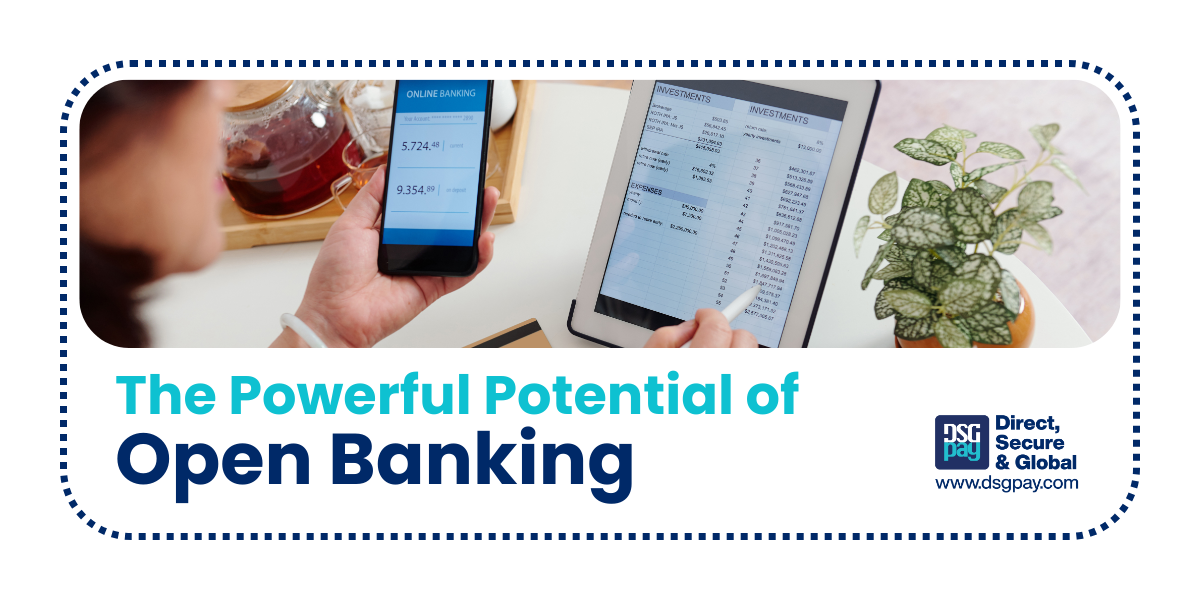The potential of open banking is reshaping the financial landscape by granting third-party providers secure access to consumer banking, transaction, and other financial data. Through application programming interfaces (APIs), banks and non-bank financial institutions enable customers to interact with a variety of new services, introducing innovation and personalization across industries.
In this post, we will explore several fascinating use cases for open banking.
Table of Contents: Use Cases for Open Banking
1. Account Aggregation: Simplifying Financial Management
One of the most notable aspects of the potential of open banking is how it centralizes personal finance management through account aggregation. Account aggregation, facilitated by open banking, streamlines financial management for users. Open banking provides a consolidated and comprehensive perspective of their economic status by enabling individuals to view and manage multiple bank accounts from diverse financial institutions on a single platform.
2. Improving Financial Control with Personal Financial Management Tools
Open banking unlocks the potential for advanced personal finance management (PFM) tools that adapt to individual spending patterns and goals. These tools enable users to monitor their finances, create budgets, and receive personalized financial advice based on actual transaction data. By integrating PFM tools through open banking, users gain practical support to set financial goals, track expenses, and enhance their financial literacy.
3. Open Banking Revolutionises Lending and Credit Scoring
The potential of open banking is particularly impactful in lending, where it facilitates secure access to a user’s financial data for lenders. With a clearer view of an applicant’s financial activity, lenders can make faster and more accurate credit decisions, allowing for precise credit scoring and reduced loan approval times. This improvement in lending processes benefits both financial institutions and borrowers, who enjoy more efficient and transparent lending experiences.
4. Enhancing Wealth Management and Investment Advisory

In the investment world, the potential of open banking comes into play by simplifying the integration of investment and bank accounts. Wealth management platforms now access a user’s entire financial profile, which supports personalized and goal-oriented investment recommendations. Open banking’s streamlined data sharing allows investment advisors to tailor portfolios based on individual risk profiles and objectives, resulting in a more effective wealth management strategy.
5. Streamlining Payments and Money Transfers
Another significant way that open banking is transforming finance is through streamlined payments and transfers. By allowing direct payment initiation from bank accounts, open banking eliminates the need for intermediaries like cards or third-party payment gateways. Users can make payments directly from their bank accounts. This shift not only reduces transaction fees but also enhances security and convenience, enabling users to transfer money effortlessly and securely.
6. Optimising Insurance Services With Data Insights
Open banking can improve insurance services by granting insurers access to relevant customer data. With a comprehensive understanding of an individual’s financial profile, insurers can also tailor insurance products to better match customer needs, contributing to a more personalized insurance experience.
7. Supporting Small Business Growth
Open banking empowers small business owners by offering data-driven financial insights and tools for managing cash flow, forecasting, and securing credit. By providing a secure platform for data sharing, open banking allows banks and financial service providers to offer business-specific products, further supporting small enterprises in managing their financial health and accessing capital when needed.
8. Boosting Customer Experience with Seamless Onboarding
The potential of open banking also enhances customer experiences by accelerating the onboarding process. Open banking improves customer onboarding by facilitating the secure identity and financial data transfer between financial institutions. This leads to faster and more convenient account opening experiences, significantly enhancing customer satisfaction.
9. Driving Open Innovation and Collaboration

Open banking fosters collaboration between traditional financial institutions and fintech startups. This partnership encourages the development of innovative products and services that benefit customers and drive industry-wide innovation.
Conclusion
The potential of open banking is vast, extending across account management, lending, investments, insurance, and beyond. By driving greater financial control, enhanced personalization, and seamless integration across services, open banking offers consumers and institutions unprecedented opportunities for innovation and growth. At DSGPay, we are dedicated to helping our customers explore the potential of open banking, empowering them to make the most of these cutting-edge financial tools.
Contact us to discover how open banking can enhance your financial journey.



